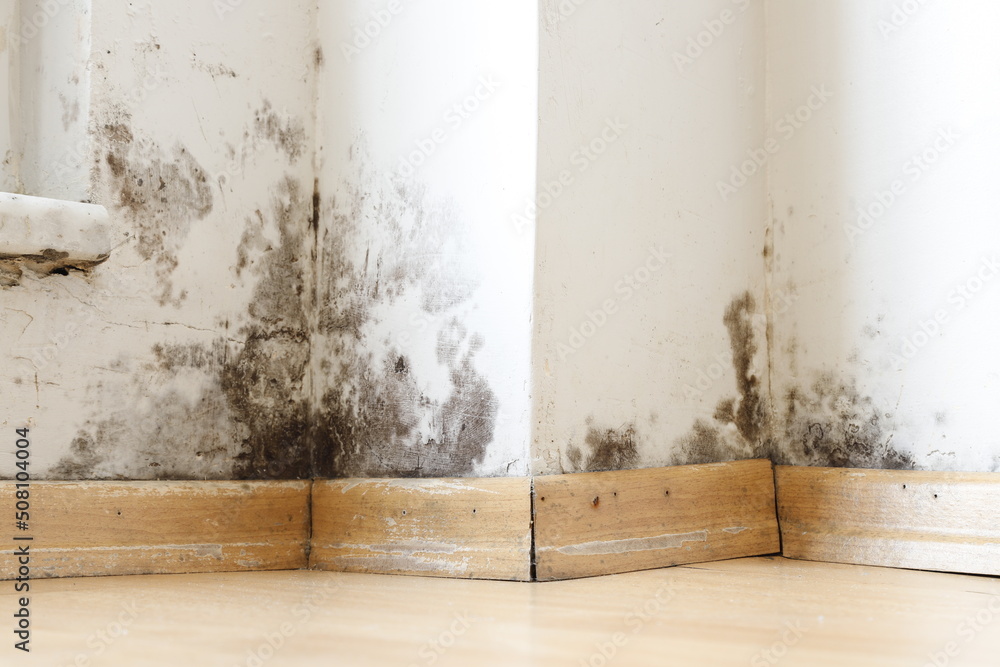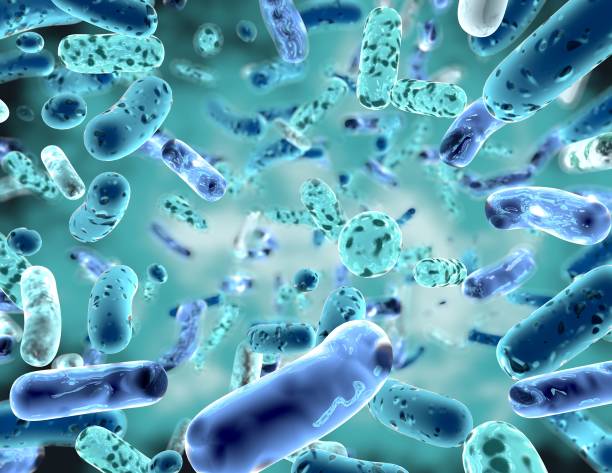Our Services
Our Services:
- Asbestos Testing
- Lead Testing
- Mold Testing
- Black Water, Cat/3 & Bacteria Testing
- Clearance for Asbestos, Lead, Mold, and Black Water
- Air Quality Testing & Particle Count Assessment
- Radon Inspection
- Environmental Monitoring, Consulting, and Risk Assessment
- Moisture Detection & Water Damage Restoration
- COVID Cleanliness Verification
Need Assistance?

Email : info@aenvironmental.org
Asbestos Testing

Why test for Asbestos?
Summary
Asbestos testing prior to demolition or remodeling is crucial to identify and manage any asbestos-containing materials. Disturbing these materials can release harmful asbestos fibers into the air, posing serious health risks. Proper testing ensures safety, regulatory compliance, and the prevention of potential legal and health complications.
More Info about Asbestos
You Have to have asbestos survey report Before renovation and demolition activities.
SCAQMD Rule 1403 governs work practice requirements for asbestos in all renovation and demolition activities. The purpose of the rule is to protect the health and safety of the public by limiting dangerous emissions from the removal and associated disturbance of Asbestos-Containing Materials (ACM).
Not having asbestos survey report Before renovation and demolition activities.
You will be subject to SCAQMD notice and it could be subject to Procedure 5. It could cost a lot of money and time.
Please do not disturb asbestos suspected building material until you have survey report for example like
- Walls (joint Compound, Tap and Dry walls)
- Duct, boiler, cement pipe or insulation
- Textured
- Popcorn ceiling
- Roofing shingles
- Ceiling Tiles
- Vinyl Flooring
- Gaskets
A Environmental, our highly experienced, EPA, Accredited and Cal OSHA certified staff provide professional and effective solutions to clients who seek to survey, manage or abate asbestos. Our consultants have a comprehensive knowledge of asbestos issues ranging from analytical methods, to asbestos containing materials and uses in buildings.
Include: asbestos surveys, abatement project design, abatement monitoring, contractor selection assistance, AHERA training, asbestos awareness training, operations and maintenance programs, emergency response, and litigation support.
Our qualified staff of California Certified Asbestos Consultant whose task is to perform excellent field work from start to finish. We begin a job by evaluating all the details required to accomplish the job in the most cost efficient and timely manner. Our CAC conduct a comprehensive inspection of the building or area of concern prior to sampling suspect asbestos materials. After samples have been collected, they are delivered to the laboratory for testing. Reports are generated based on analytical results, reviewed by the field services manager and given to the customer. The reports include: recommendations in proper handling of any asbestos containing materials.
Lead Testing

Why test for Lead?
For buildings built prior to 1978 , testing for lead base paint is required Survey Report before any demolition/renovation of any painted building materials exceeding 2ft2. Anyone disturbing any material larger than 2Ft2 should use lead safe work practices and follow all additional Federal and State regulations.
Mold Testing

What is Mold and why test for it?
Molds are fungi that can be found both indoors and outdoors. No one knows how many species of fungi exist but estimates range from tens of thousands to perhaps three hundred thousand or more. Molds grow best in warm, damp, and humid conditions, and spread and reproduce by making spores
Some people are sensitive to molds. For these people, exposure to molds can lead to symptoms such as stuffy nose, wheezing, and red or itchy eyes, or skin. Some people, such as those with allergies to molds or with asthma, may have more intense reactions. Severe reactions may occur among workers exposed to large amounts of molds in occupational settings, such as farmers working around moldy hay. Severe reactions may include fever and shortness of breath.
The common indoor molds?
- Cladosporium
- Penicillium
- Alternaria
- Aspergillus
Black Water/category 3 (CAT3) Bacterial Testing

Why test for black water?
Category 3 Water – Known as “black water” and is grossly unsanitary. This water contains unsanitary agents, harmful bacteria and fungi, causing severe discomfort or sickness.
This category includes water sources from sewage, seawater, rising water from rivers or streams, ground surface water or standing water.
Clearance
Asbestos Clearance
After asbestos removal work in a particular area is completed, a final inspection visual and clearance air testing is performed to confirm that the work area is safe for re-occupancy. According to state regulations, clearance testing cannot be conducted by the remediation company.
Lead Clearance
Clearance refers generally to combined visual and quantitative environmental evaluation procedures used to determine that no lead-based paint hazards remain in the area being cleared after lead hazard controls or paint-disturbing renovation or maintenance have been done.
Mold Clearance
Post-Remediation means “after mold has been removed”. A post-remediation verification survey (sometimes called clearance testing) includes a visual inspection and moisture assessment of the construction materials that were part of the remediation work, and air quality testing inside the work area.
Black water Cat/3 Bacteria Testing
Each area remediated under protective containment must be properly cleared before being returned to the home owner for regular use. The clearance should include the Work area to be cleared should be dry and visually clear of contamination and debris as determined by the industrial hygienist and Bacteria Testing
Counties We Service
- Los Angeles
- Orange County
- Riverside
- Santa Barbara
- San Bernardino
- San Diego
- Ventura